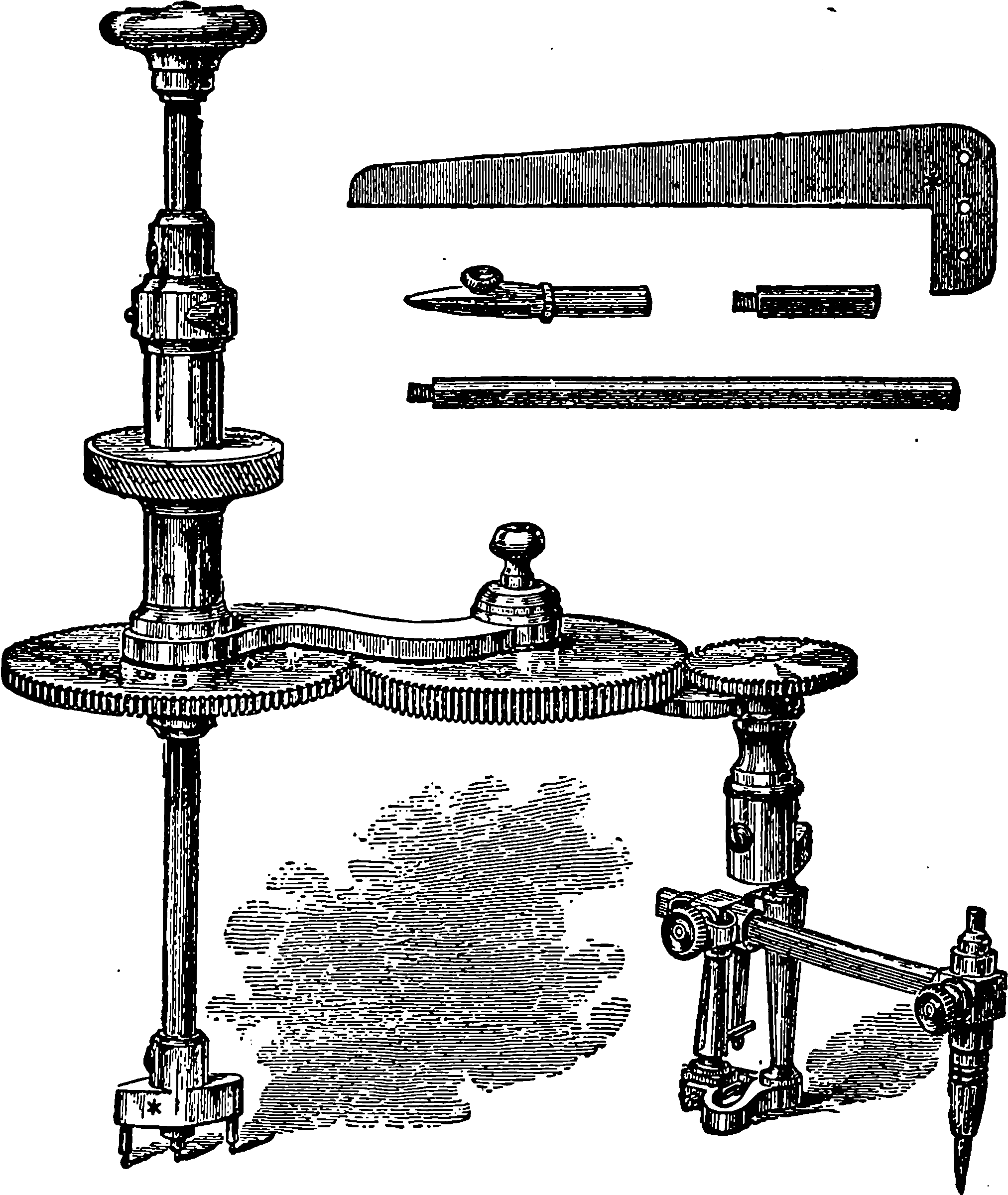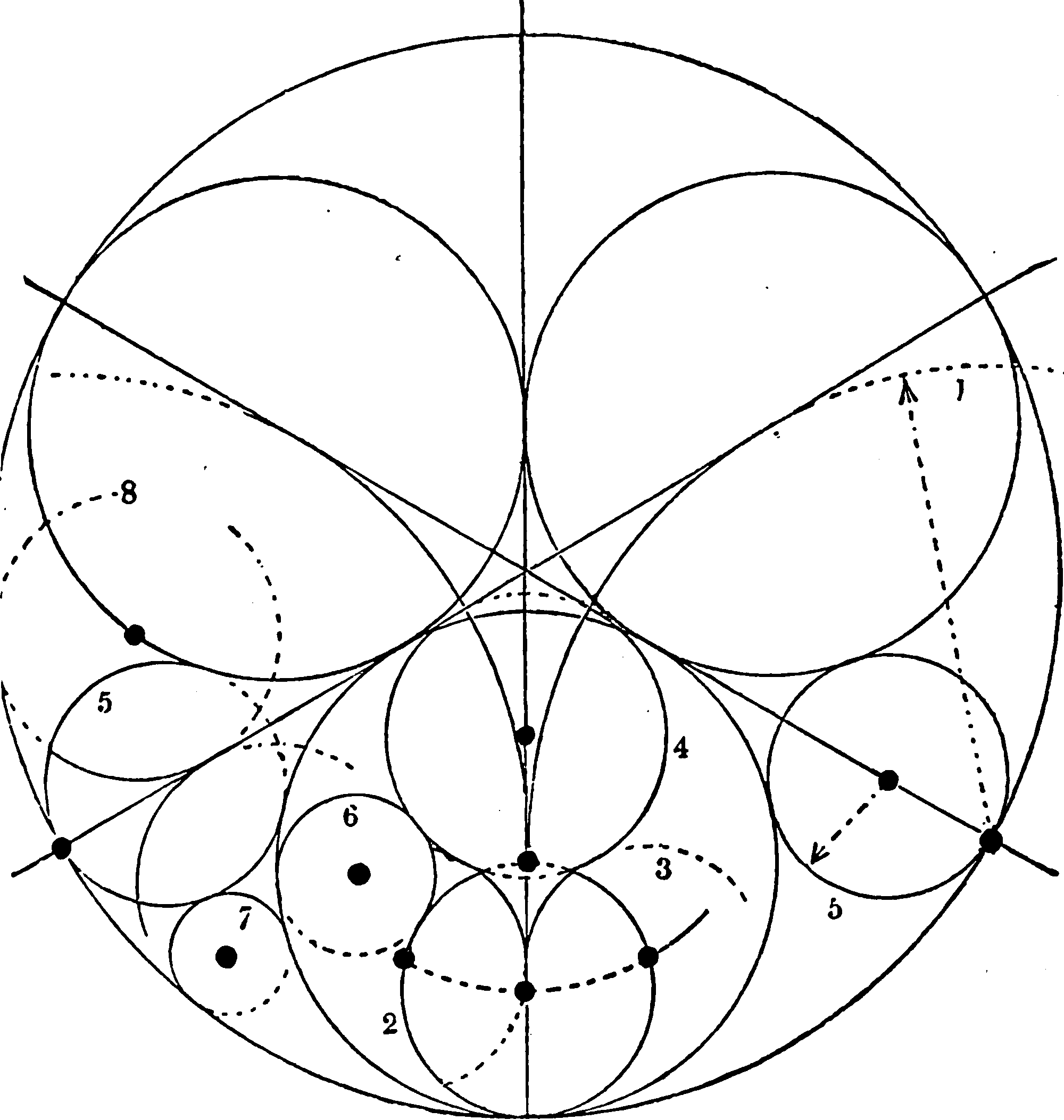Fourier transforms
January 28, 2021 — April 26, 2021
Suspiciously similar content
Placeholder.
The greatest of the integral transforms.
1 Incoming
I especially need to learn about Fourier transforms of radial functions.
The Fast Fourier Transform (FFT): Most Ingenious Algorithm Ever? is a virtuosic, illustrated, surprisingly deep explanation of some crucial ideas (specifically the fast Fourier transform) by reducible. Also, great animations.
Terry Tao is kind of an expert on this and writes nice crisp lecture notes on the idea:
2 Useful properties
- \(f(x)\)
- \(\hat{f}(\nu) = \int f(x) e^{-i \nu x}\, dx\)
- Linearity: \(a\cdot f(x) + b\cdot g(x)\)
- \(a\cdot \hat{f}(\nu) + b\cdot \hat{g}(\nu)\)
- Time shift \(f(x - a)\)
- \(e^{- i a \nu} \hat{f}(\nu)\)
- Frequency shift \(f(x)e^{iax}\)
- \(\hat{f}(\nu - a)\)
- Dilation \(f(a x)\)
- \(\frac{1}{|a|} \hat{f}\left( \frac{\nu}{a} \right)\)
- Duality \(\hat{f}(x)\)
- \(2\pi f(-\nu)\)
- \(\frac{d^n f(x)}{dx^n}\)
- \((i\nu)^n \hat{f}(\nu)\)
- \(x^n f(x)\)
- \(i^n \frac{d^n \hat{f}(\nu)}{d\nu^n}\)
- Convolution \((f * g)(x)\)
- \(\hat{f}(\nu) \hat{g}(\nu)\)
- \(f(x) g(x)\)
- \(\frac{1}{2\pi}\left(\hat{f} * \hat{g}\right)(\nu)\)
- Hermitian symmetry. For \(f(x)\) purely real
- \(\hat{f}(-\nu) = \overline{\hat{f}(\nu)}\)
- For \(f(x)\) purely real and even
- \(f(\nu)\) is purely real even functions.
- For \(f(x)\) purely real and odd
- \(f(\nu)\) are purely imaginary and odd.
- For \(f(x)\) purely imaginary
- \(\hat{f}(-\nu) = -\overline{\hat{f}(\nu)}\)
- Complex conjugation \(\overline{f(x)}\)
- \(\overline{\hat{f}(-\nu)}\)
- \(f(x) \cos (a x)\)
- \(\frac{\hat{f}(\nu-a)+\hat{f}(\nu+a)}{2}\)
- \(f(x)\sin( ax)\)
- \(\frac{\hat{f}(\nu-a)-\hat{f}(\nu+a)}{2i}\)
- \(e^{-\alpha x^{2}}\)
- \({\sqrt{\frac {\pi }{\alpha }}}\cdot e^{-{\frac {\nu ^{2}}{4\alpha}}}\)
- \(e^{-i\alpha x^{2}}\)
- \({\sqrt{\frac {\pi }{\alpha }}} \cdot e^{i(\frac {\nu ^{2}}{4\alpha}-\frac {\pi }{4})}\)
- \(f(x)e^{-\alpha x^{2}}\)
- …anything useful?
3 Interpolation
Fourier transforms are useful for cheap interpolations, specifically a magical kind of polynomial basis function.
4 Enveloped Fourier transforms
If you multiply your function by an envelope or tapering function or window or whatever before taking a Fourier transform, then this is no longer strictly FT; but I wonder which features we can relate this back to FTs?
This is heavily studied in the context of time frequency analyses, but I have not found a reference for all the results I need, so I will derive a couple of my own here.


